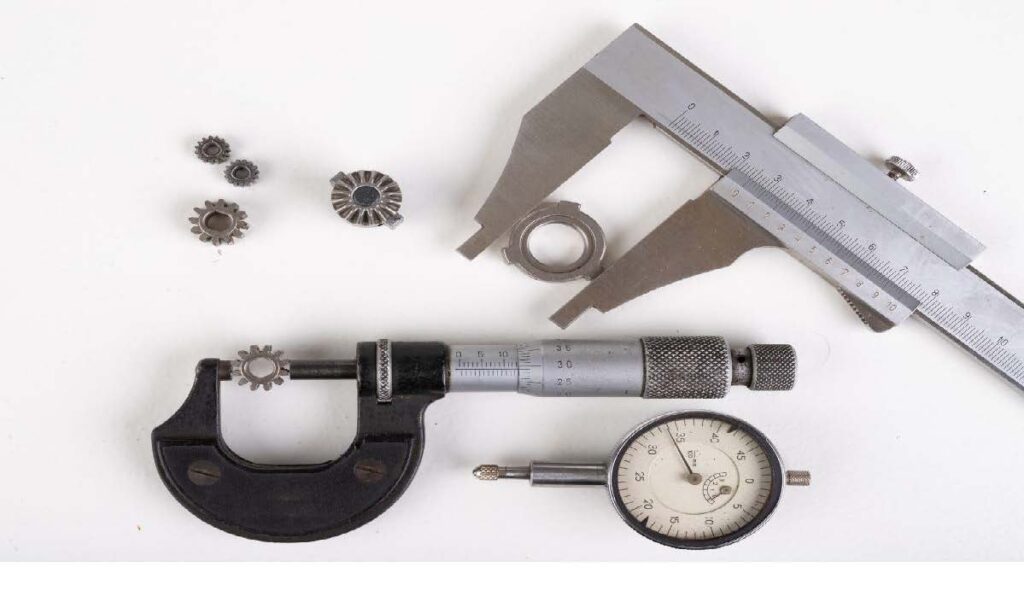Piezoelectric effect
This physical principle is behind everyday items such as lighters or watches, but also in a large part of the precision measuring instruments that we have today.
How does it work?
This phenomenon occurs in some crystals, such as quartz, in which by applying a mechanical tension, an electric field is generated within the material. As in any material, when a force is applied to it, it will deform. The peculiarity of these crystals is that this deformation produces an imbalance in the symmetry of the electrical charges inside.

This effect is completely reversible, so if we apply an electric field between the ends of a crystal what will happen is that the
material will be deformed. This means that this principle can be used both as a sensor and as an actuator. A very paradigmatic example is the microphone-speaker case. With a piezoelectric crystal and a membrane, we can convert the sound pressure waves into an electrical signal (microphone) or vice versa, convert the electrical signal into sound (loudspeaker).
How was it discovered?
Although there are some works from the middle of the 18th century that refer to this phenomenon, the first rigorous demonstration dates from 1880, at the hands of the famous Curie brothers (Jacques and Pierre). Years later, Marie together with her husband Pierre used this principle to discover and isolate both Radium and Poloniolo, which would earn them both the Nobel Prize years later. By way of introduction, indicate that they used piezoelectricity to measure
indirectly the radiation of an element. If you are interested, we encourage you to see this Google post where it is explained in much greater detail.
detail.
https://artsandculture.google.com/story/BwWx_qy57jACKQ

SONAR first general use
It took more than 30 years for a practical use to appear beyond specific uses within the laboratory. During World War I, piezoelectricity was used to detect and locate boats and submarines.


A device was invented that emitted ultrasound waves through the
water and measured the echo after bouncing these waves with objects that were submerged or semi-submerged. Measuring the time it takes for the wave to return could deduce the distance of the object and measuring the apparent variation of the frequency of the return signal indicated the speed of the object. The successful use of the piezoelectric effect for this invention aroused great interest in this technology and was the first step for a long list of inventions that are essential in engineering and in our daily lives.
Where do we find this effect today?
We are literally surrounded by devices that use this effect to function. Most electronic devices have a crystal
piezoelectric that acts as a resonator to generate the clock pulses
of microprocessors or ASICS. This is because the natural frequency of these crystals is extremely stable. Another daily example, are many types of lighter in which when you press the button that they have, two things happen at the same time. On the one hand, the passage of the gas is opened and on the other, a piezoelectric crystal is pressed to generate an electric arc in charge of igniting the gas.
Application in Engineering
The piezoelectric effect is widely used to manufacture precision sensors focused on measuring different magnitudes. Some examples would be:
- IEPE (“Integrated electronics piezoelectic”) accelerometers
- Pressure sensors for liquids and gases
- Microphones and speakers
- Ultrasonic distance measurement
- Scales, but especially in microbalances

In addition to these examples, there are a large number of possible applications for this technology. In ADECUA we help you select the sensor you need or design new instruments that are required for your project.


